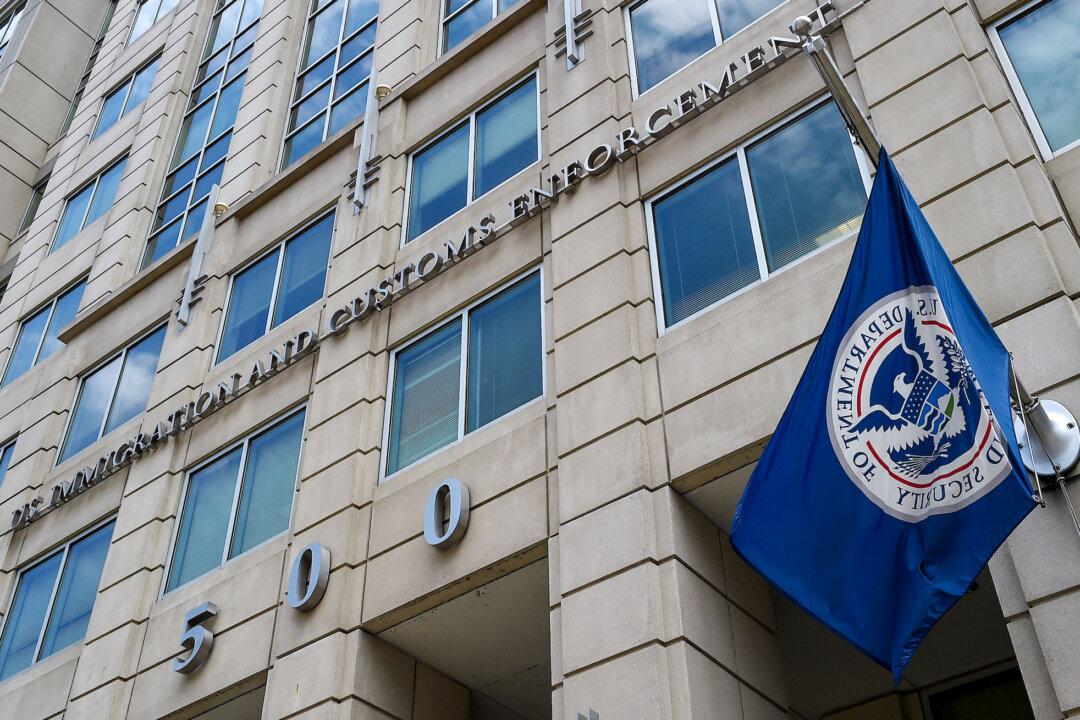U.S. retail sales saw a strong, forecast-beating rebound in January after a sharp pullback in the prior month, although experts cautioned to not read too much into the numbers, as seasonal adjustments to the data played an outsized role.
But some analysts pointed out that the forecast-beating number isn’t quite as impressive as it seems to be on the surface.
Ted Rossman, a senior industry analyst at Bankrate, told The Epoch Times in an emailed statement that “while January’s retail sales figures look much better than what we saw in December, there are underlying weaknesses in this report.”
“For example, seasonal adjustments played a large role. January receives the second-largest seasonal addition of the year, whereas December receives the largest seasonal deduction,” Rossman wrote.
Given the outsized effect of seasonal adjustments, Rossman said a more accurate picture could be had by an over-the-year comparison, which shows retail sales rose by 13 percent year-over-year in January. While that’s a “respectable” gain, he noted that it’s the lowest year-over-year increase in 11 months.
“Looking through that lens, January 2022 sales weren’t as good as they initially appear, and December 2021 sales weren’t as bad,” he wrote, noting that another factor taking some of the shine away from the strong headline number was the fact that “most Americans spent their $600 stimulus payments that month.”
Retail sales, which are mostly made up of goods and aren’t adjusted for inflation, were also lifted by higher prices, as fractured supply chains pushed up production costs to record levels. Consumer price inflation surged to 7.5 percent in the year through January, a 40-year high.
So-called core retail sales, which exclude spending on automobiles, gasoline, building materials, and food services, rose by a sharp 4.8 percent in January, although the high rate of inflation likely contributed to the lift.





